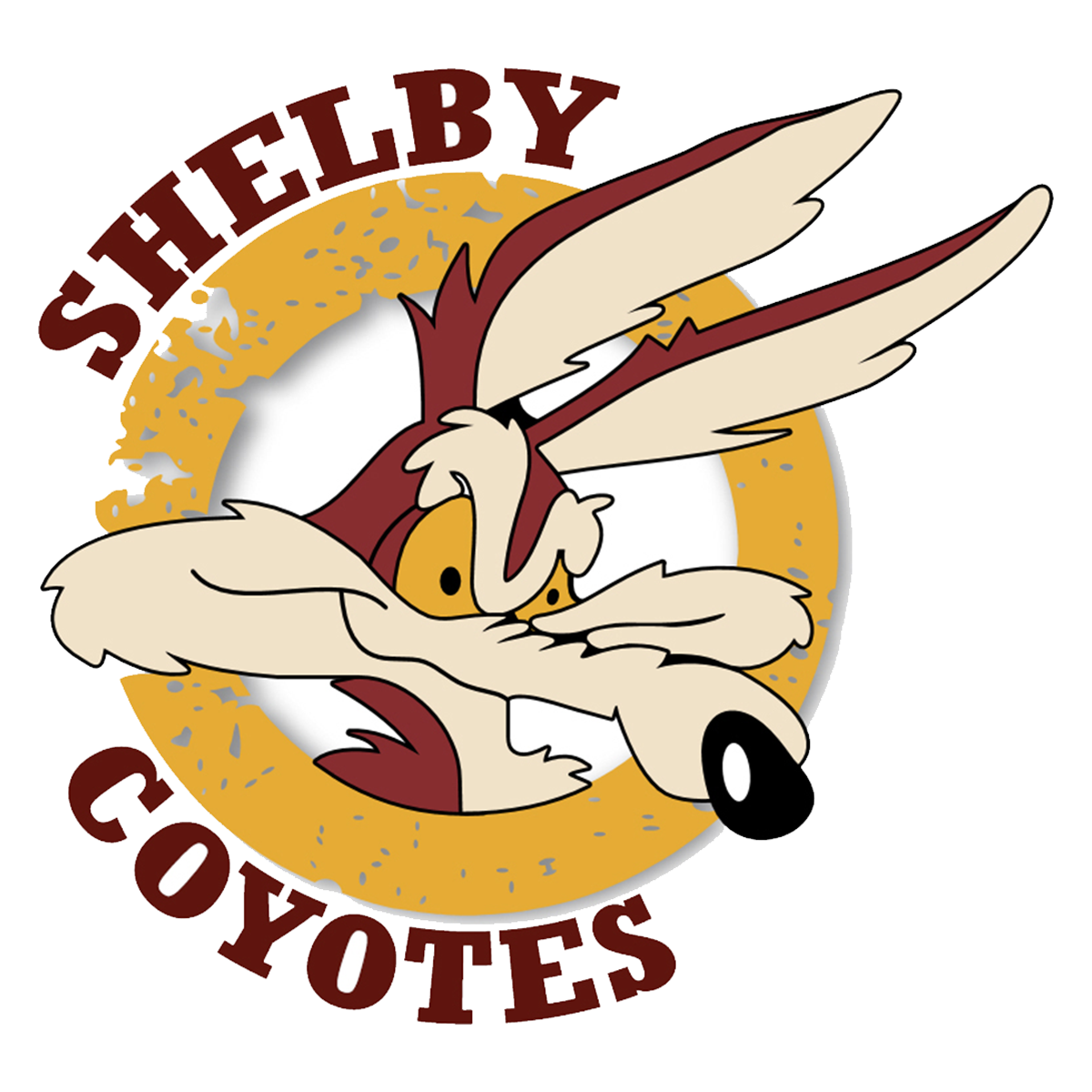Skip to content
Show submenu for District Information
District Information
District Resources and Information
Show submenu for School & Academics
School & Academics
Junior High & High School
Elementary School
School Academics
Show submenu for Athletics & Activities
Athletics & Activities
Show submenu for Informative Links
Informative Links
Shelby Links
Show submenu for
